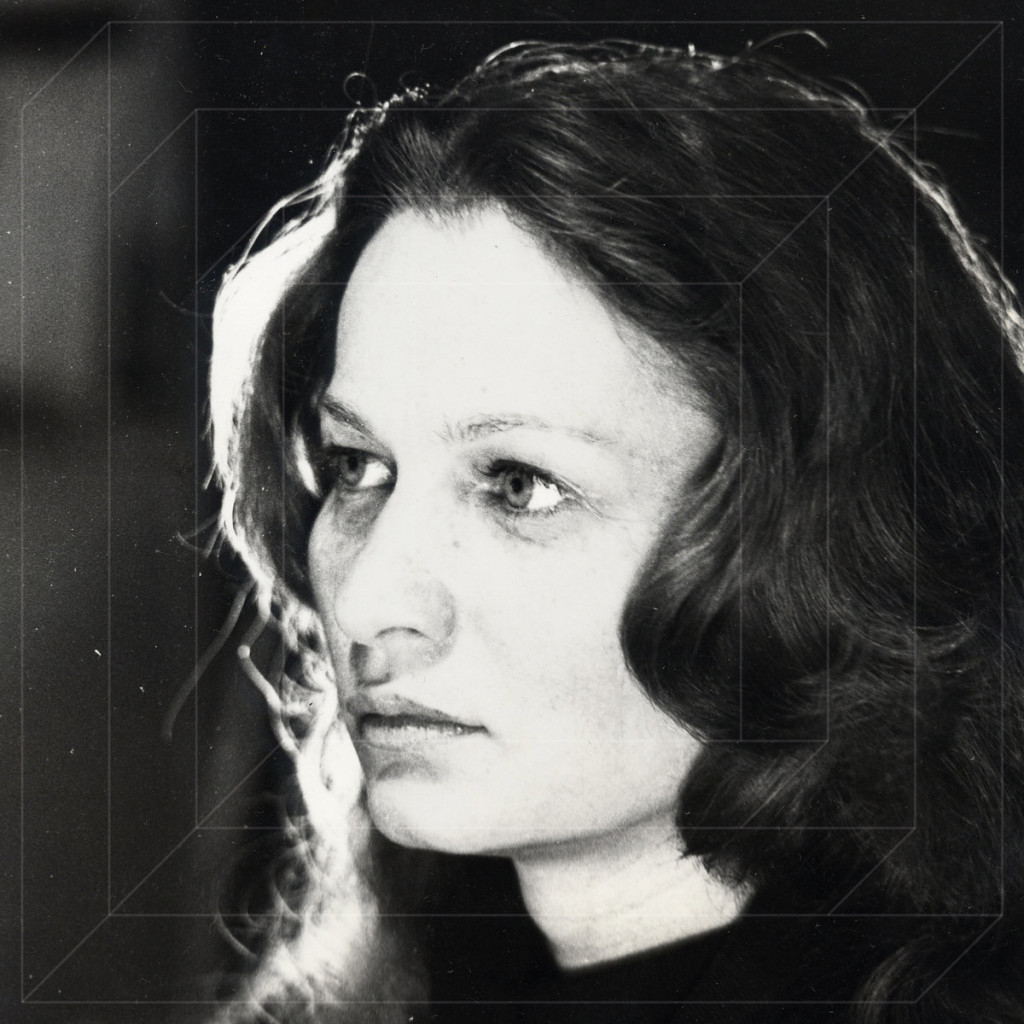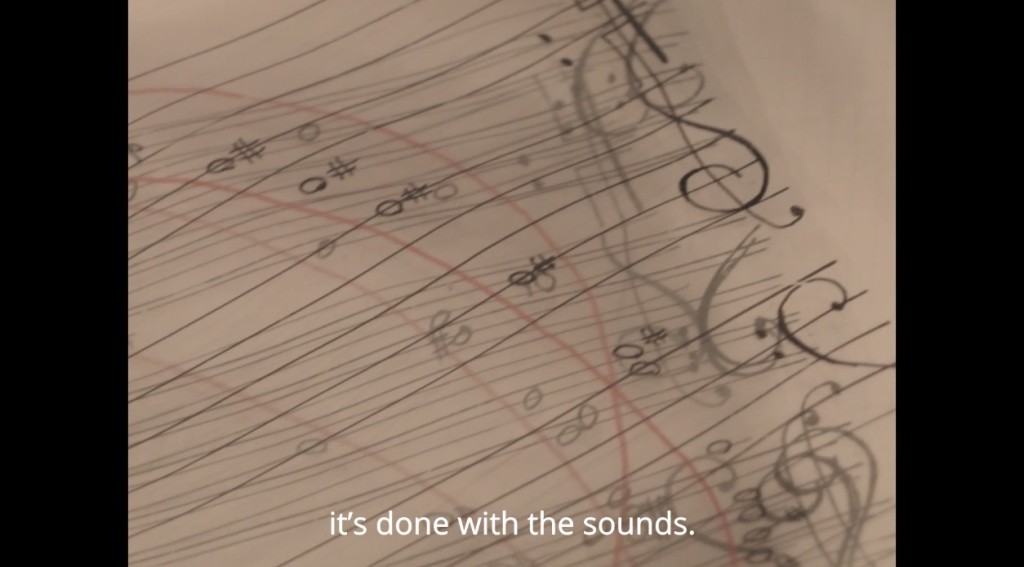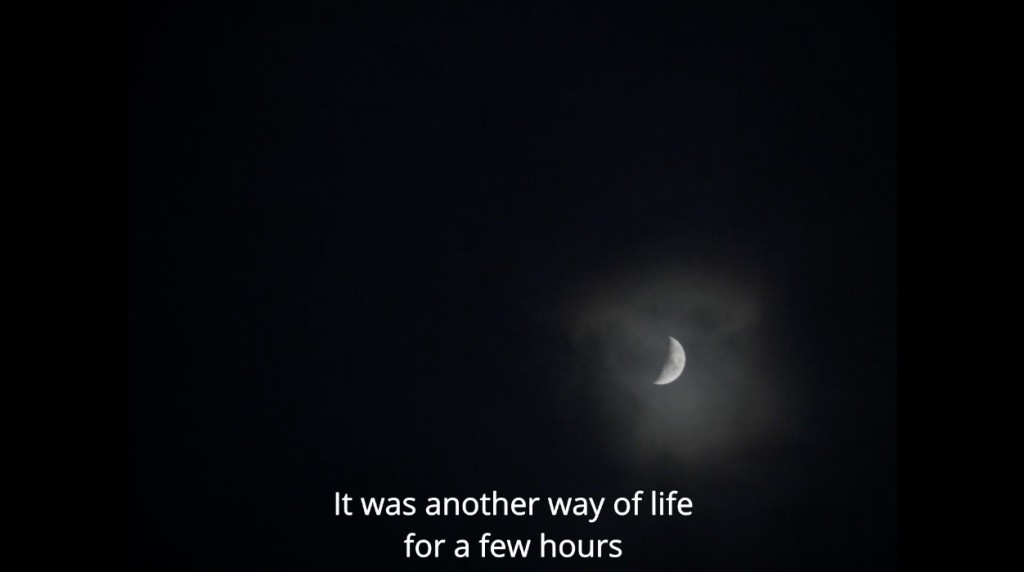“I prefer to leave complete freedom to the listener … letting them find their own music within themselves from the sounds I offer.” Happy birthday to legendary composer Eliane Radigue – and now is the perfect time to discover yourself in her sounds, if you haven’t already.
And let’s not fetishize the past. Radigue is celebrating her 90th now, and her music – for all the fuzzy monochromatic vintage shots with gear – hums with electricity and newness and radical energy now. It’s the perfect time for self-discovery, because what was once the substance of rarified academic institutions has now spread worldwide as electronic folk music.

Radigue’s music is organic, not only academic – like immersion in water, often experimenting with feedback effects on tape and shifting, desynchronized harmonics. (Also, we should probably just abandon this whole “east coast/west coast” thing – there was also a New York Cultural Center in addition to the San Francisco Tape Music Center, and you’ll find Radigue’s live performance premiering at The Kitchen on a Buchla.)
Radigue’s birthday was on Monday, and in honor of that, there’s a wonderful film documentary you can watch for free (apparently through this week, so hurry). Get lost in blissful floods of electrified sound and listen to her words – including the (translated) quote above – in French with English subtitles. Viewable only on Vimeo:
https://vimeo.com/541076521/d661c359f7
There are endless, beautiful images – crashing surf, abstract ambiance, and then the composer talking about why she loves the night and insomnia as a liminal playground. You watch her thumbing through her scores talking about transcending intellectual structures and finding more elemental modes of being.


But the great thing is digging through Bandcamp and finding a slew of releases from past decades now available in digital form.
In particular, don’t miss the seminal 1970 Opus 17 – and the detailed program notes on that Bandcamp page, too:
Bio from those releases:
Éliane Radigue (1932-)
Éliane Radigue was born in Paris. She studied Musique Concrète techniques at the “Studio d’Essai” of the RTF under the direction of Pierre Schaeffer and Pierre Henry (1956-57). She was married to the painter and sculptor Arman and devoted ten years to their three children. She then worked with Pierre Henry, as his assistant at the Studio APSOME (1967-68). She was in residence at the New York University School of Arts (1970-71), the University of Iowa and the California Institute of the Arts (1973) and Mills College (1998). She has created sound environments using looped tapes of various durations, gradually desynchronising. Her works have been featured in numerous galleries and museums since the late 60s and from 1970, she has been associated to the ARP 2500 Synthesizer and tape through many compositions from “Chry-ptus” (1971) up to “L’Île re-sonante” (2000). These include: “Biogenesis”, “Arthesis”, “Ψ 847”, “Adnos I, II and III” (70s), “Les Chants de Milarepa” and “Jetsun Mila” (80s) and the three pieces constituting the Trilogie de la Mort (1988-91-93). Since 2002, she has been composing mostly acoustic works for performers and instruments. Her music has been featured in major international festivals. Her extremely sober, almost ascetic concerts, are made of a continuous, ever-changing yet extremely slow stream of sound, whose transformation occurs within the sonic material itself.
Now, all of this surely makes us all want to get back to the studio – and feeling young.
Hat tip to AGF again: